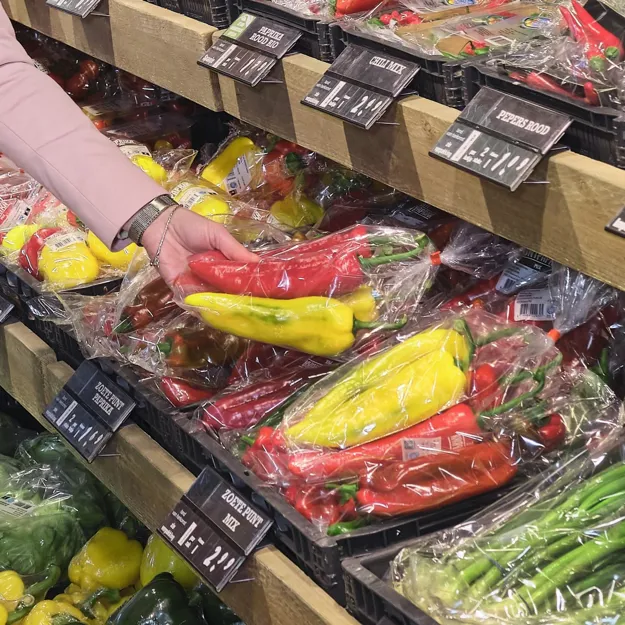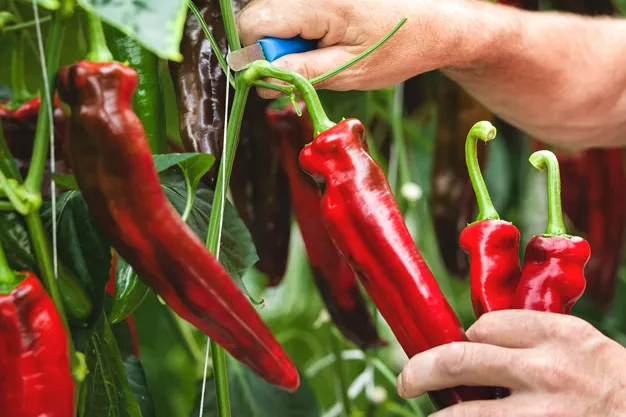Exploring Growth, Competition, and Future Prospects
The Dutch agricultural landscape is witnessing a notable surge in pointed bell pepper cultivation, signaling a shift in consumer preferences and market dynamics. Harvest House, a leading marketing organization, shares insights into this burgeoning sector, highlighting opportunities, challenges, and future prospects.

Expanding Acreage and Market Presence
Pointed bell pepper cultivation is on the rise in the Netherlands, with Harvest House’s growers witnessing substantial acreage growth in recent years. From Rainbow Growers Group to Villa Paprika, the collective effort has propelled the total acreage to 42 hectares, marking a 20% increase this season alone. The trend reflects a broader industry shift, with national acreage doubling over the past five years, signaling the mainstream acceptance of pointed bell peppers.
Diverse Varieties and Growing Demand
While red pointed peppers dominate the market, there’s a notable uptick in yellow and orange varieties, driven by increasing consumer demand for diverse pepper mixes. Supermarkets are increasingly stocking these mixes, fueling further growth and underscoring the versatility of pointed bell peppers in culinary applications. The cooperative’s commitment to variety development and continuous improvement ensures a steady supply of premium-quality peppers, enhancing consumer satisfaction and market competitiveness.

Market Competition and Differentiation Strategies
Despite domestic expansion, the Dutch market faces stiff competition from Southern Europe and North Africa, particularly in the German market. The challenge lies in distinguishing Dutch produce from imported varieties, emphasizing taste and flavor as key differentiators. Continuous variety development and strategic promotion initiatives are vital in enhancing product visibility and market penetration, ensuring Dutch pointed peppers maintain their competitive edge.
Addressing Cost Efficiency for Sustainable Growth
While consumer preference favors pointed peppers for their superior taste, cost efficiency remains a critical factor in achieving broader market penetration and competitiveness. The quest for productivity gains and cost reduction is imperative to narrow the price gap between pointed and block peppers, facilitating the transition towards greater acreage allocation for pointed varieties. Retailers’ willingness to accommodate pointed peppers on shelves further hinges on achieving cost parity with block peppers, signaling a need for innovation and efficiency enhancement across the value chain.































